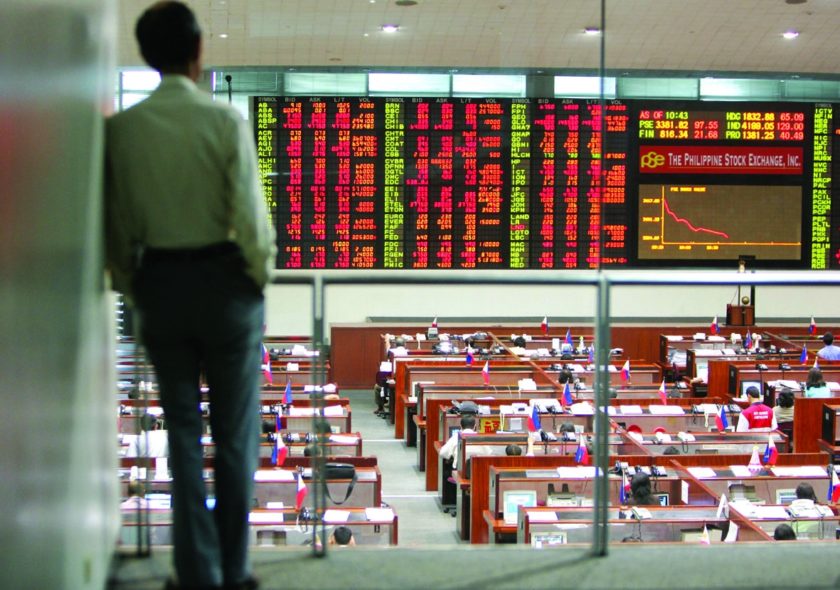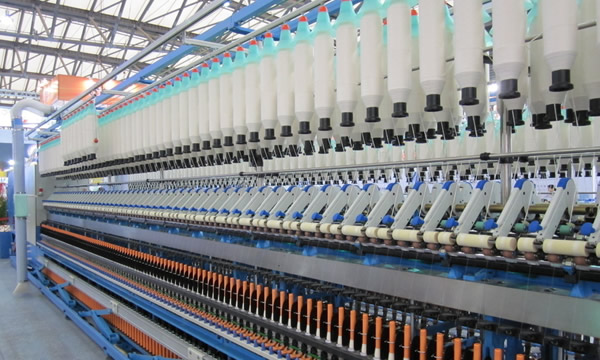Export Value of Vietnamese Textile and Garment Industry Exceeded USD 30 Billion , 2017
The export value of Vietnamese textile and garment industry is expected to reach USD 31 billion, up by 10.2% YOY, due to the breakthroughs of the industry in 2017.
However, according to CRI, garment raw materials and equipment still depend heavily on import for the industry chain is not perfect. But Vietnamese textile industry still has its own advantages such as government favorable policies, low labor costs, high education level, low prices of land and energy.
Although TPP did not come into effect in 2017, the new FTAs have been signed and are being negotiated in Vietnam, which will bring many benefits for Vietnamese textile and garment industry. For example,Free Trade Agreement between Vietnam and Economic Union of Asia-Europebrought an opportunity for the Vietnamese textile industry to enter Russian market at the end of 2016;Free Trade Agreement between Vietnam and South Koreapaved the way for importing raw materials in Vietnamese textile industry.
Reference:
Vietnam Garment Manufacturing Industry Overview, 2011-2020
In addition, the Vietnamese government and local governments provide a large number of preferential policies for the textile and garment industry. For example, corporate income tax rate of Vietnam is only 20%; foreign enterprises are entitled to duty deduction and exemption. In addition to preferential policies stipulated by the central government concerning foreign capitals, more preferential policies can also be offered in different regions and industrial parks in terms of land rent, taxes, charges, etc.
According to CRI, the population of Vietnam was expected to reach 100 million by the end of 2017, of which there were 60% of labor forces. In 2018, the minimum monthly wages of regions divided into four tiers in Vietnam are as follows: the first tier is 3.98 million dongs (USD 175); the second tier is 3.53 million dongs (USD 156); the third tier is 3.09 million dongs (USD 136); the forth tier is 2.76 million dongs (USD 126).
According to CRI’s investigation on different areas of Vietnam, compared with China — the leading exporter of garments, labor costs in Vietnamese textile industry are under half of that of China. Besides, prices of energy and land in Vietnam are low.
According to the field study of CRI, compared with low labor costs in other ASEAN countries, Vietnam has advantages of stable political situation, perfect infrastructural facilities, high education level of labor forces, stable exchange rates, etc. Furthermore, there are obvious cost advantages in investing Vietnamese garment industry. It takes only USD 0.5-1 million or even less to invest in a small garment processing enterprise (with about 50-100 employees) in Vietnam. Therefore, it is suitable for transferring small and medium-sized enterprises to Vietnam due to low costs of investing plants.
It is convenient for Vietnam to enter the international market because of preferential import duties. It is unlikely that European Union and the U.S. will impose anti-dumping duties on Vietnamese textile and garment products in the future.
According to market research by CRI, some Chinese textile and garment enterprises invest in Vietnam in order to enter ASEAN markets in consideration of the globalization distribution of enterprises. Some enterprises claim that processing imported raw materials into finished garments to sell in Vietnamese market and even ASEAN markets can save some import duties for tariffs of raw material, which are lower than those of finished products. Meanwhile, it is convenient for exporting finished products to Japan, South Korea and the U.S.A.
According to CRI’s investigation, international famous garment brands such as ZARA, GAP and NIKE have taken Vietnam as their major OEM base. Some famous textile and garment brands of China such as Youngor Group Co., Ltd. has invested plants in Vietnam. Other garment enterprises also regard Vietnam as one of the targets for industrial transfer. Some famous garment brands are looking for suitable OEMs. CRI forecasts Vietnamese textile and garment industry will remain rapid development. The export value is expected to reach USD 45 billion by 2022, representing a CAGR of about 10% from 2018 to 2022.



